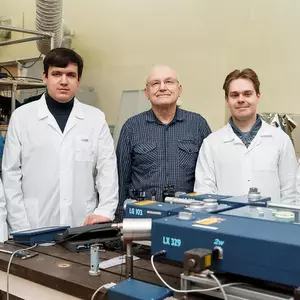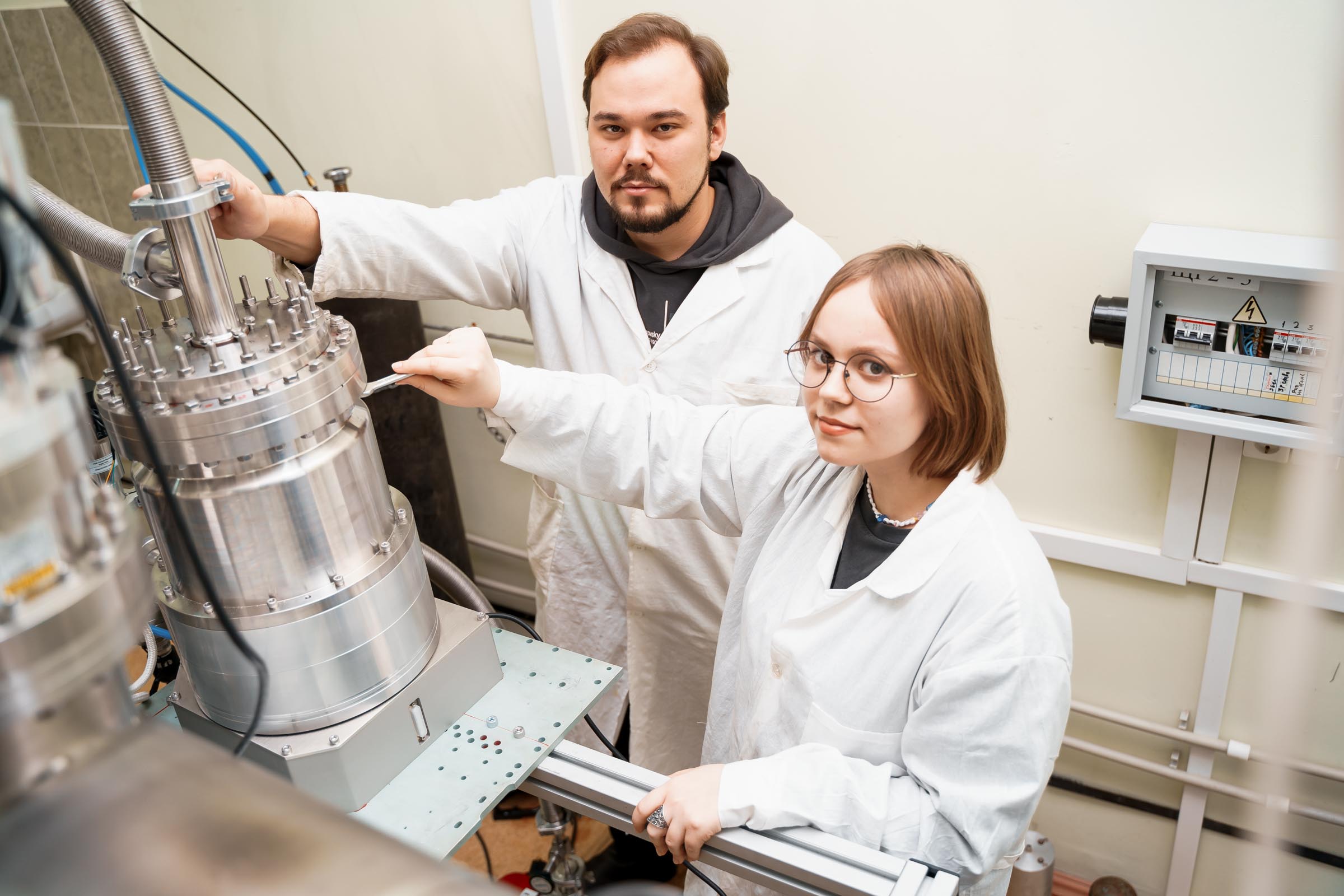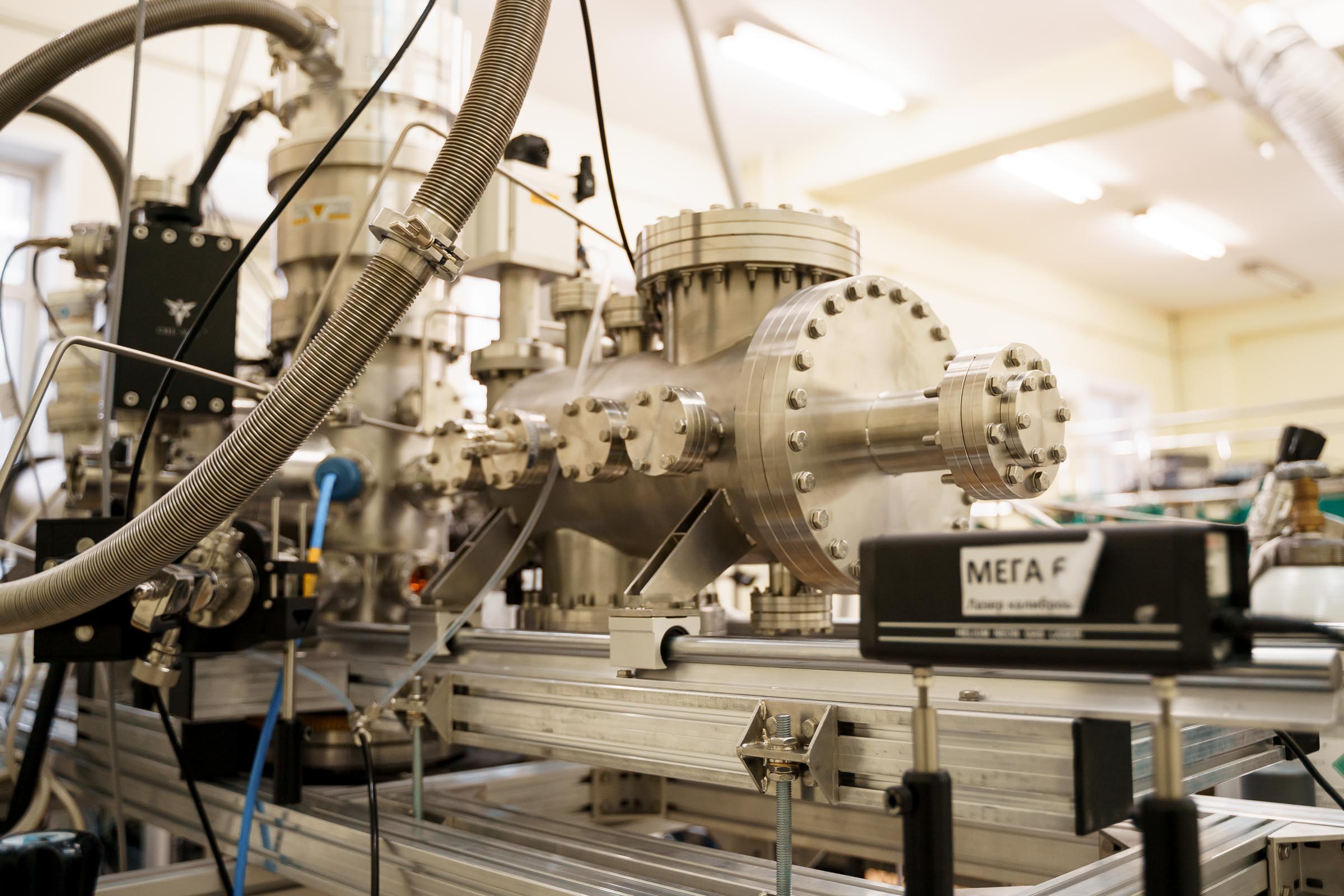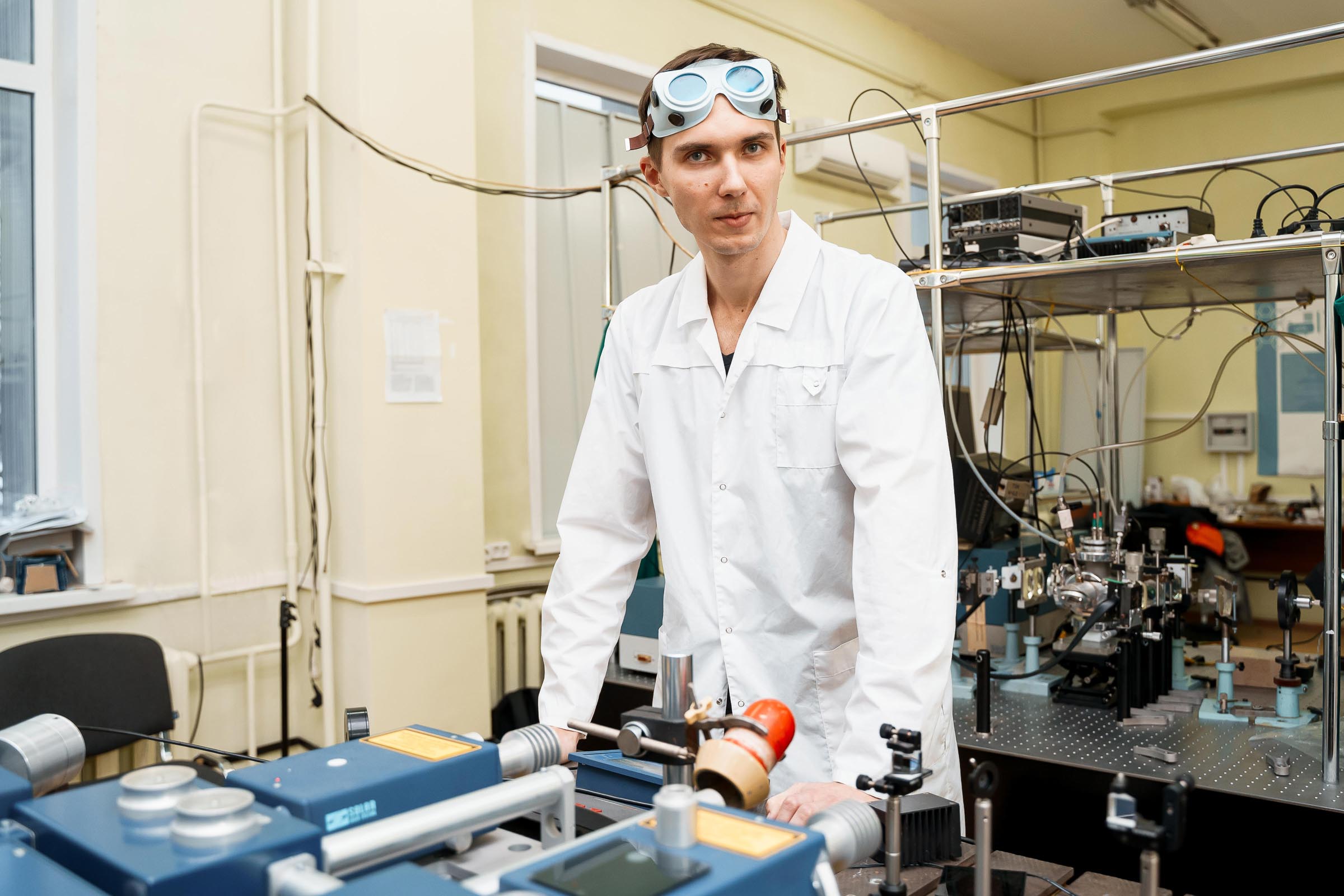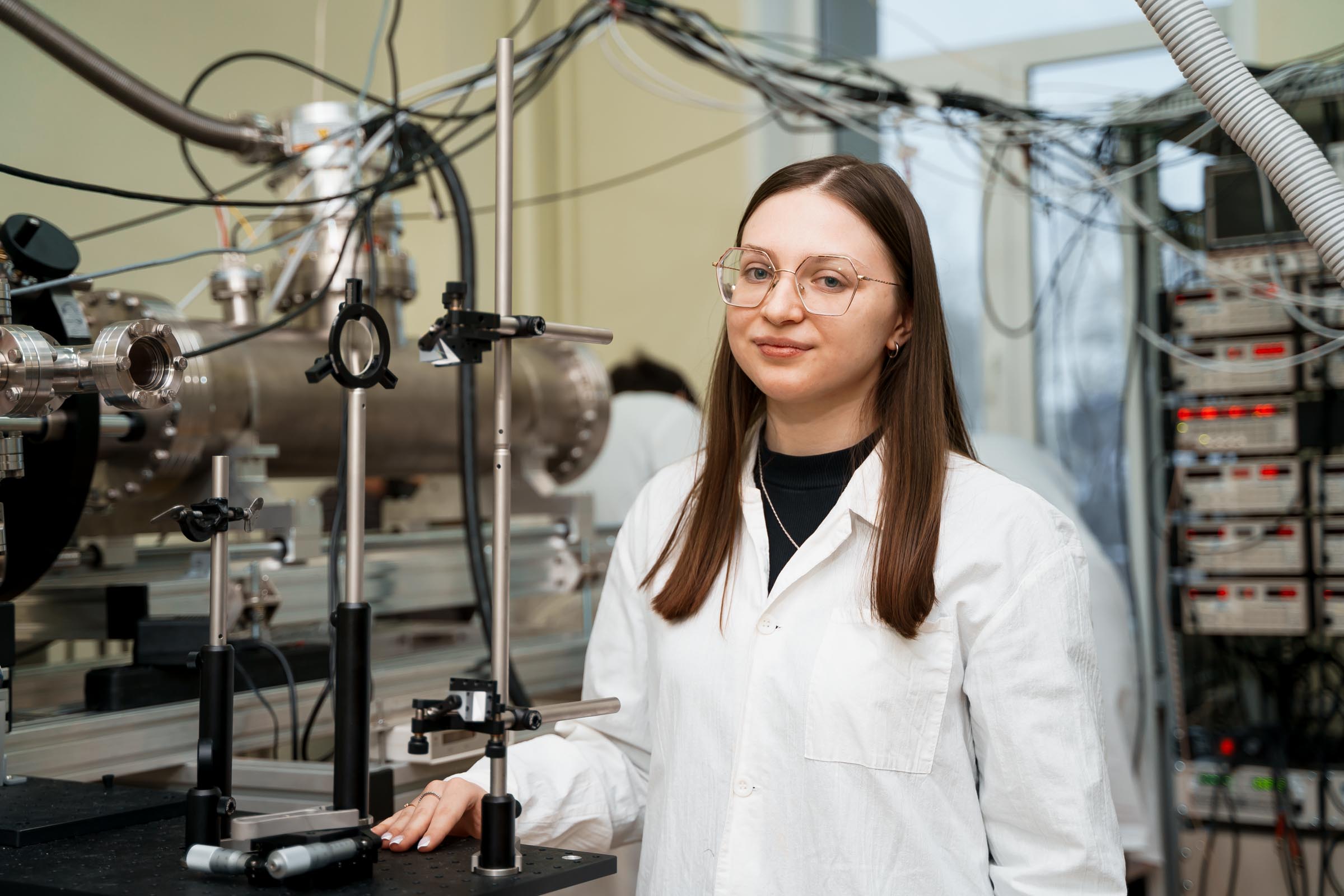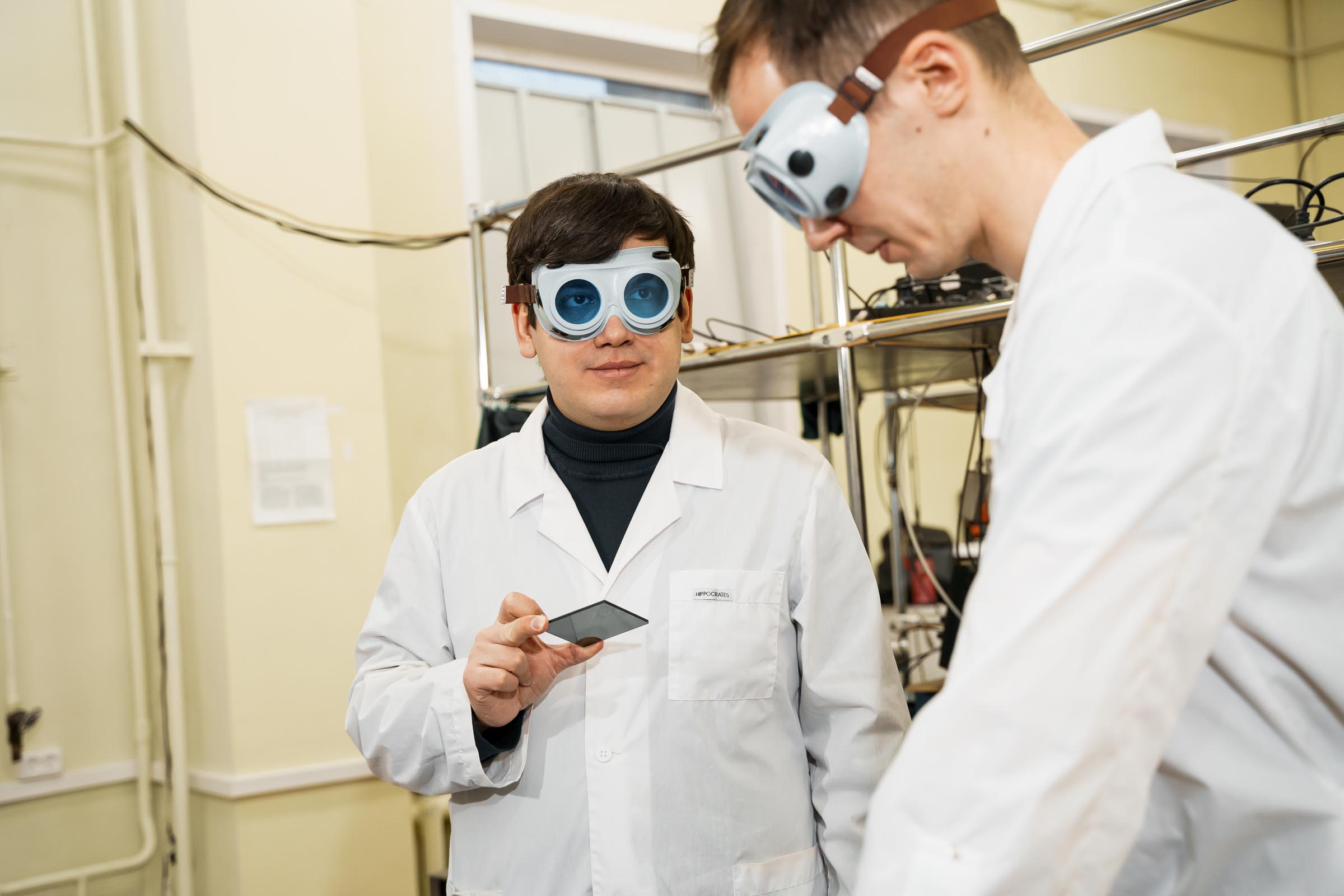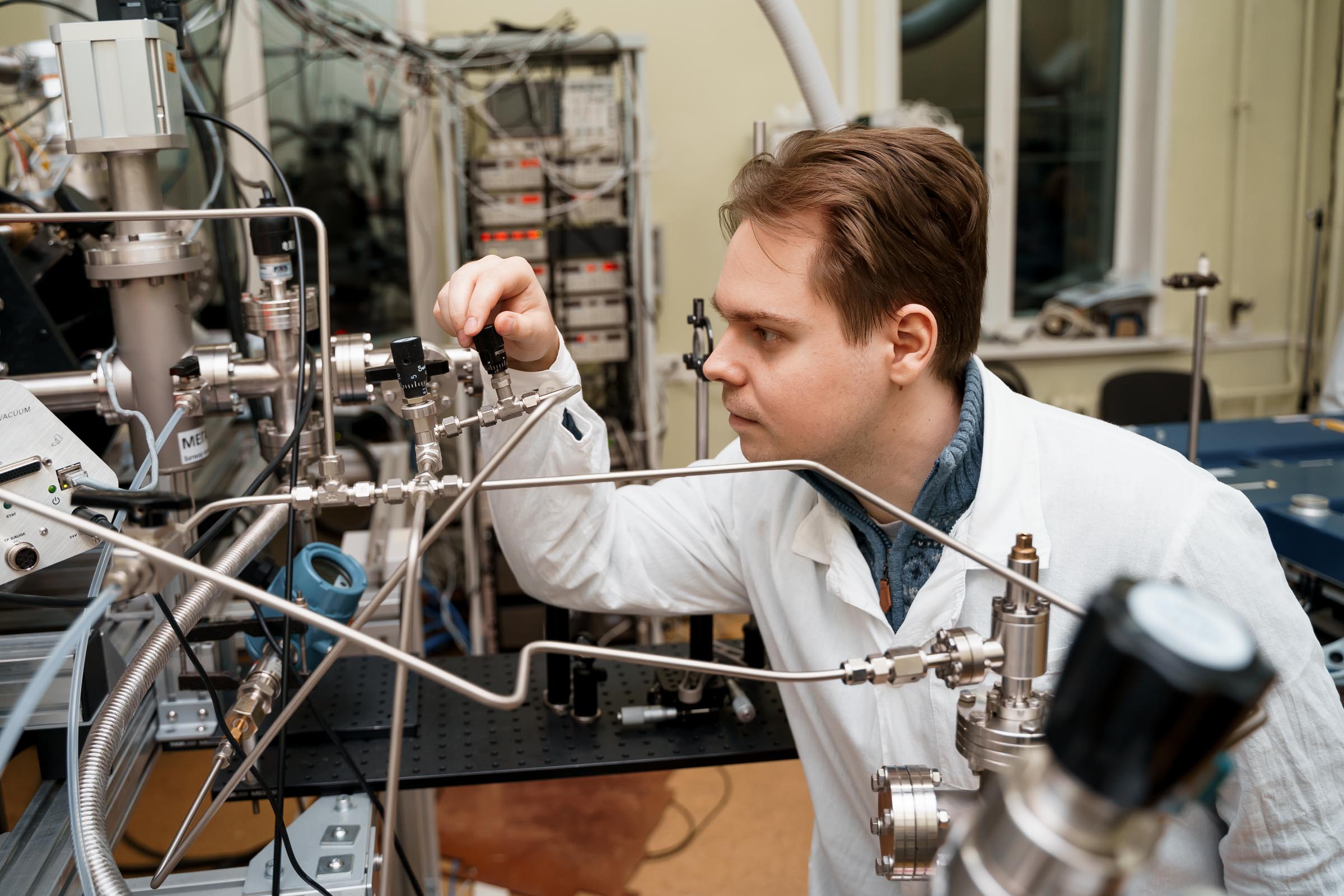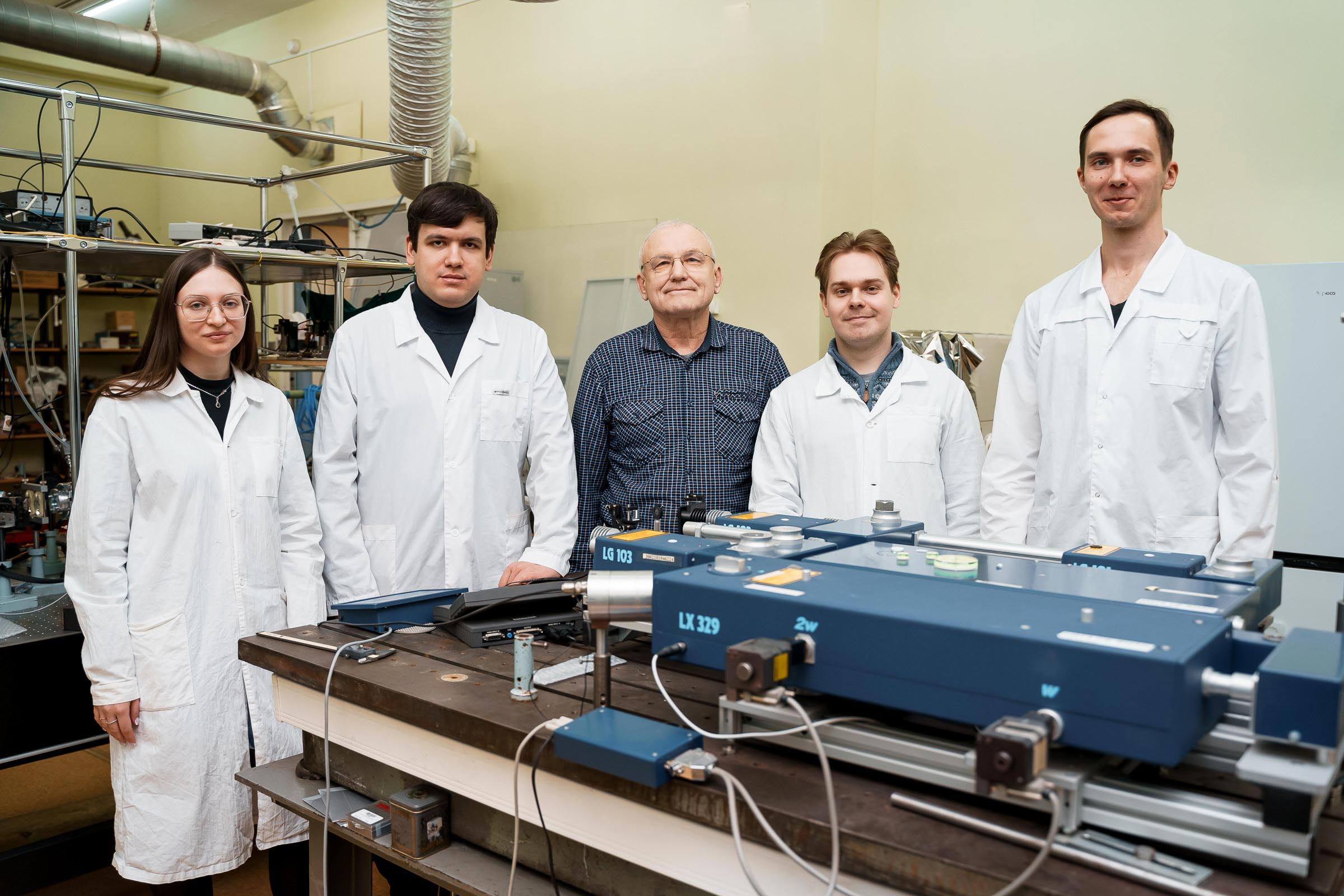The launched installation is a key element of the Centre for Laboratory Astrophysics of the Samara Branch of P. N. Lebedev Physical Institute of the Russian Academy of Sciences. The Centre for Astrophysics was established using the Russian Federation Government’s megagrant “Origin and Evolution of Organic Molecules in our Galaxy”. The installation was created and put into operation by the joint team of scientists from P. N. Lebedev Physical Institute of the Russian Academy of Sciences and Samara University. The installed equipment has unique specifications making it possible to simulate the effect of cosmic ionizing radiation on analogues of extraterrestrial, interstellar ice of various types in a wide range of chemical and physical parameters. During the first experiments, out of methane ice in outer space conditions, the scientists gained high-molecular components of natural gas — propane and butane.
“Assembly of the installation has been completed; we have launched it. The first experiments were carried out and interesting results were obtained. The main task of these first experiments was, firstly, verifying that the installation works as intended, and secondly, observing chemical processes in methane interstellar ice at a new angle”, said Ivan Antonov, Associate Professor at Samara University’s Department of Physics.
As the scientist noted, methane ice is a sufficiently well-studied system, and scientists in different countries have already irradiated such analogues of the extraterrestrial ice with ultraviolet rays, electrons, protons, alpha particles and nuclei of heavier elements.
“More high-molecular weight hydrocarbons are known to be formed during irradiation, however, the reaction mechanisms differ, depending on what the ice is irradiated with. We used UV photons with the energy of 10.5 eV, which is close to the Lyman-alpha atomic hydrogen line: in the light of young stars, there are especially many such photons in outer space. Methane ice was frozen in the installation in the form of a very thin film, less than one micrometre thick, at a temperature of less than 5 K (−268 °C). After irradiation, in addition to methane, we saw in the ice molecular hydrogen, water, which was formed in the reactions of methane with some admixture of oxygen, as well as more high-molecular weight hydrocarbons — propane and butane. The experiments have shown that the installation works as intended. We will publish the obtained data on the mechanisms of formation of propane and butane, and present them at scientific conferences”, said Ivan Antonov.
About the installation
Studies of interaction of ionizing radiation with analogues of interstellar ices have been conducted all over the world for almost half a century, however comprehending complex organic molecules to be synthesized in interstellar space is still rudimentary. Previous studies were limited by technical capabilities for conducting experiments, and insufficient level of equipment for analysing the resulting molecules.
Inside the installation developed in Samara, it is possible to reproduce conditions of various sites of the interstellar medium — from cold molecular clouds to star-formation regions. At the experiments, the temperature can be changed in a wide range — from 4 to 350 K (from −269 °C to +76 °C). Inside the main chamber of the installation, special pumps will create ultra-high vacuum, thereby eliminating appearance of any impurities or admixtures in the working space.
In the centre of the chamber, a tiny silver mirror, with its area of only 1 cm2, is fixed. During the experiments, a thin ice “mantle” of several hundred nanometres thick will form on the mirror by gas condensation nodes: according to scientists, a layer of ice with this thickness covers stardust particles in outer space. The composition of the ice is special: besides usual water, various aromatic molecules act in different percentages as ingredients of such extraterrestrial ice.
During the experiments, the silver mirror covered with ice is a target for firing with beams of particles — photons, electrons, etc., just like in real outer space. Scientific devices record and analyse the resulting reaction products. According to calculations, the installation “accelerates” the reaction time: for example, ten hours of photon irradiation of the ice target at the installation is approximately equivalent to 1 million years of photon irradiation of ice in a molecular cloud in outer space.
The scientists believe that these experiments will make it possible to obtain biologically important molecules, and then, for example, they will be able to understand how the simplest amino acids are formed in outer space, in order to be eventually brought to the Earth with meteorites. Scientific equipment can also be used for testing radiation strength of promising materials intended for skinning spacecrafts and satellites: the installation is planned to be equipped with several sources of energetic particles, so that it could clearly demonstrate what will happen to a particular substance in outer space for a certain time. The equipment is easily adapted for determining radiation stability of materials and coatings of space probes and lunar stations.
In the experts’ opinion, after the installation launch, Samara can rightfully be considered a world research centre for competences in the field of exploring the origin of life in the Universe. As previously reported, in 2021, at Samara University, in the International Research Laboratory “Physics and Chemistry of Combustion”, with the support of the Russian Federation Government’s megagrant, the world’s largest experimental installation, which allows studying and simulating not only processes in combustion chambers of gas-turbine engines, but also chemical reactions typical for the near-star space, was developed. As scientists have proved, these chemical reactions can result in synthesizing organic molecules on the surface of stardust formed from polycyclic aromatic hydrocarbons.
Samara University is a participant in the National Project “Science and Universities”.
 RU
RU  EN
EN  CN
CN  ES
ES 